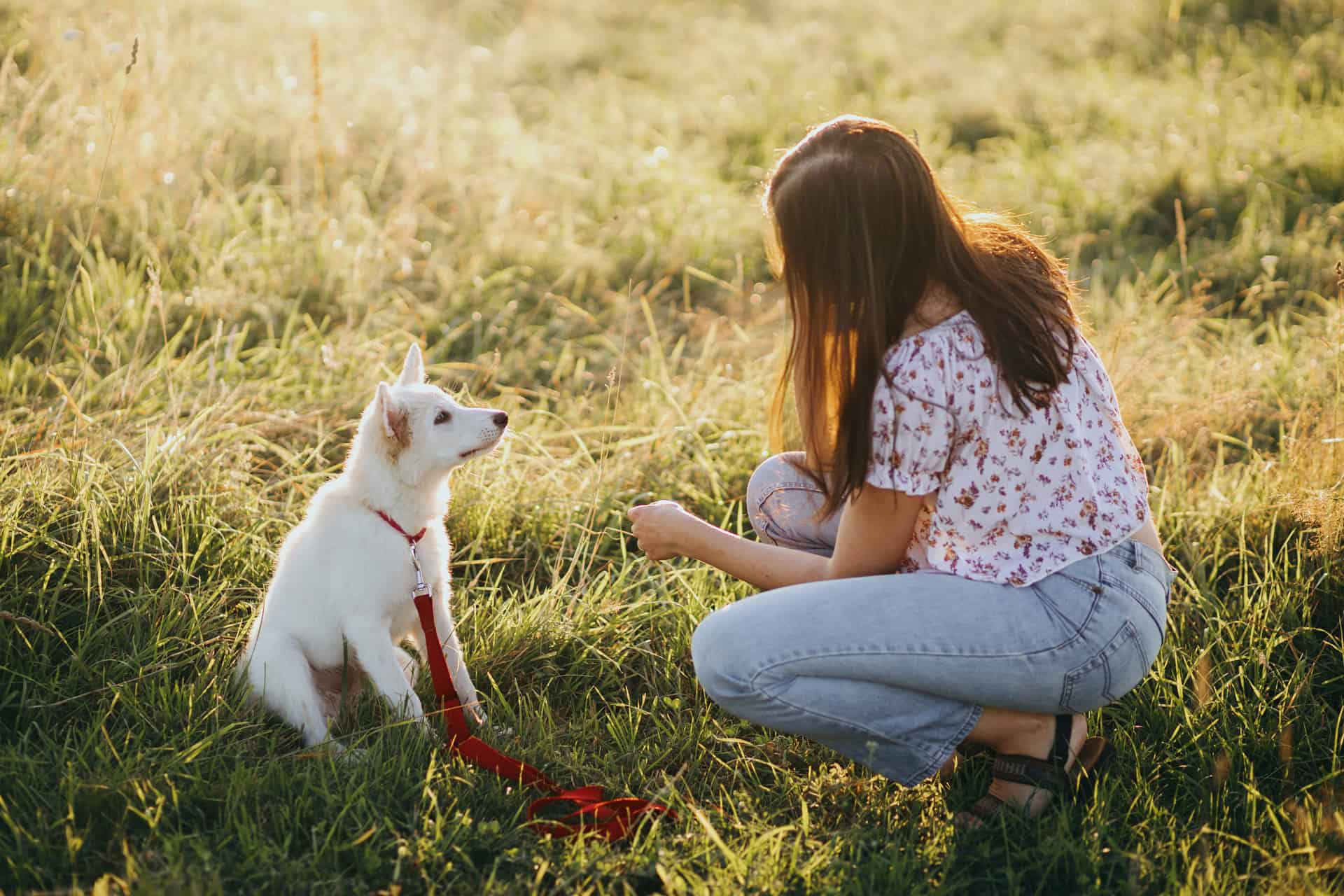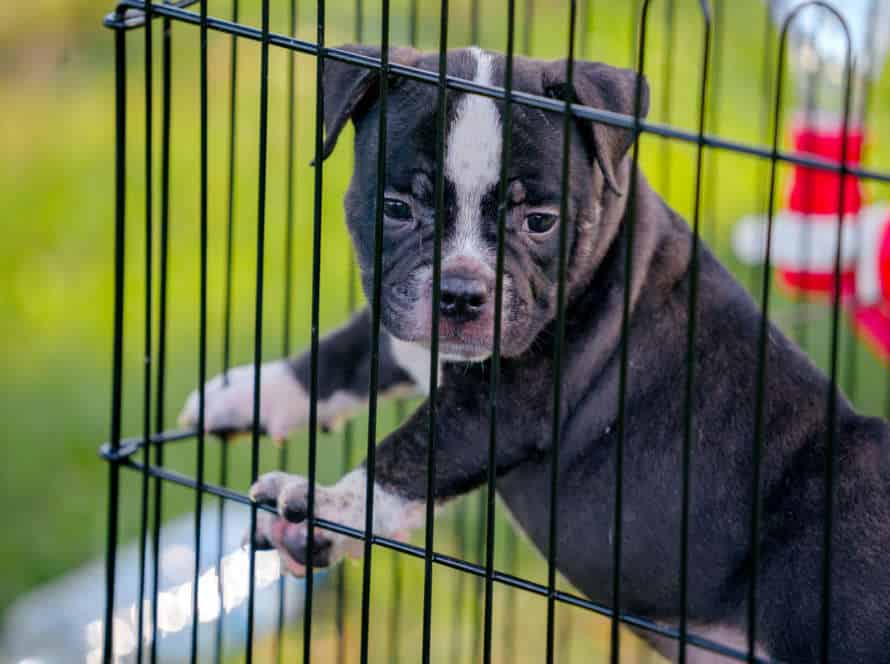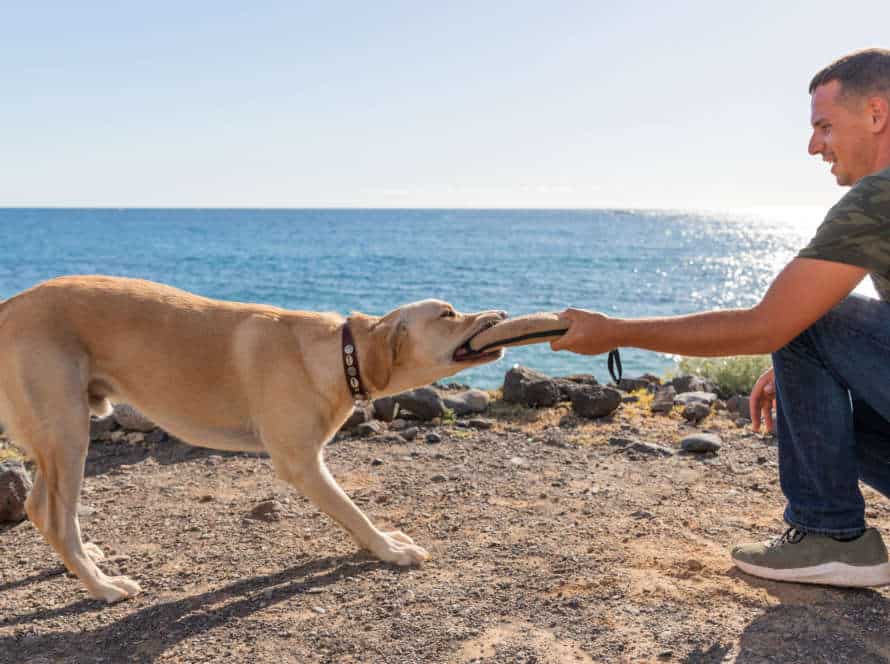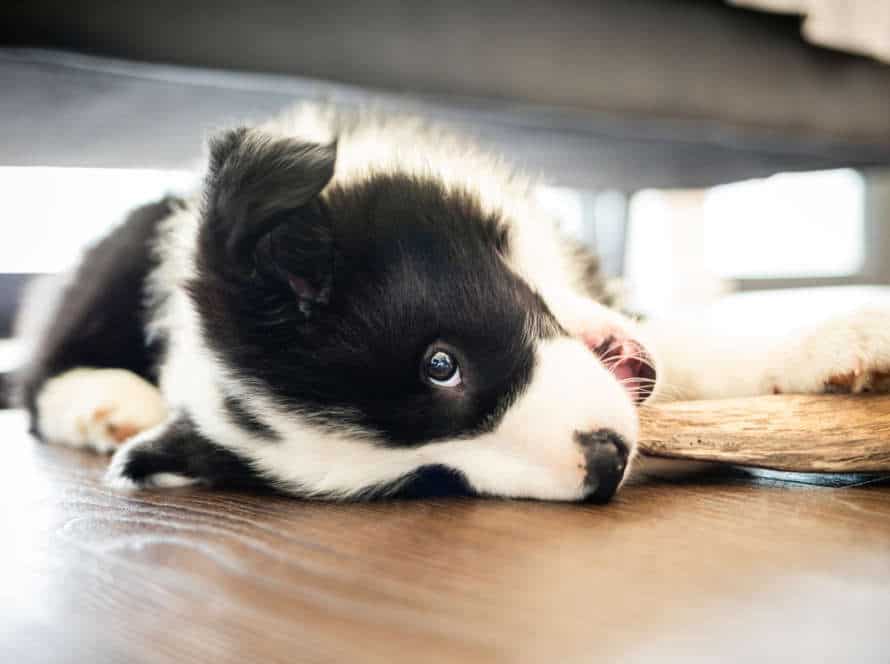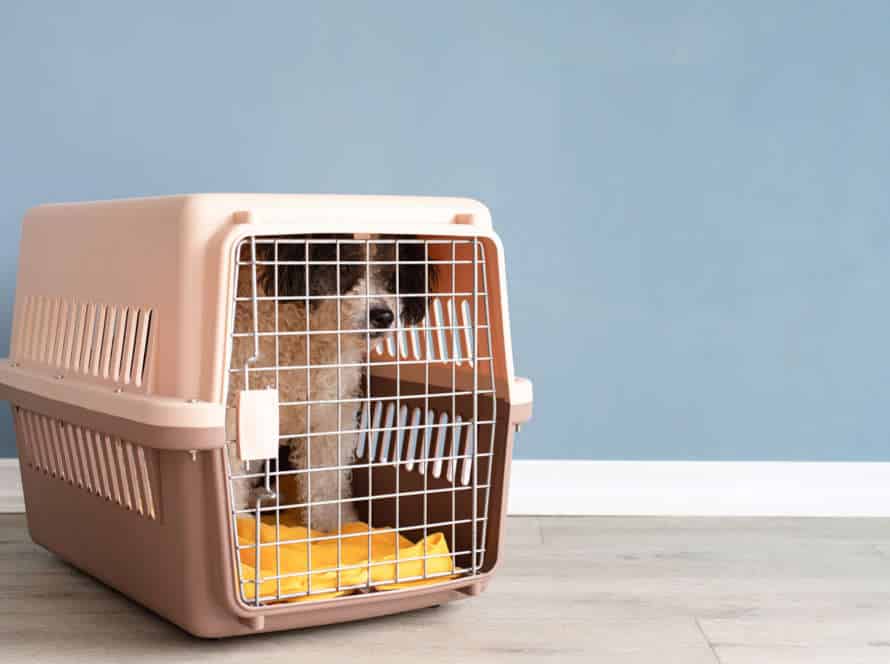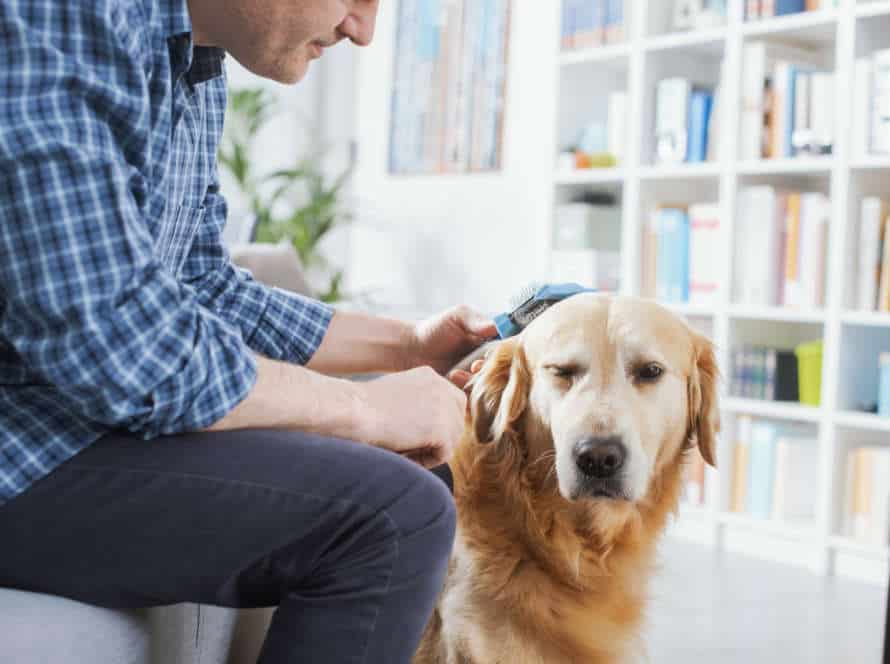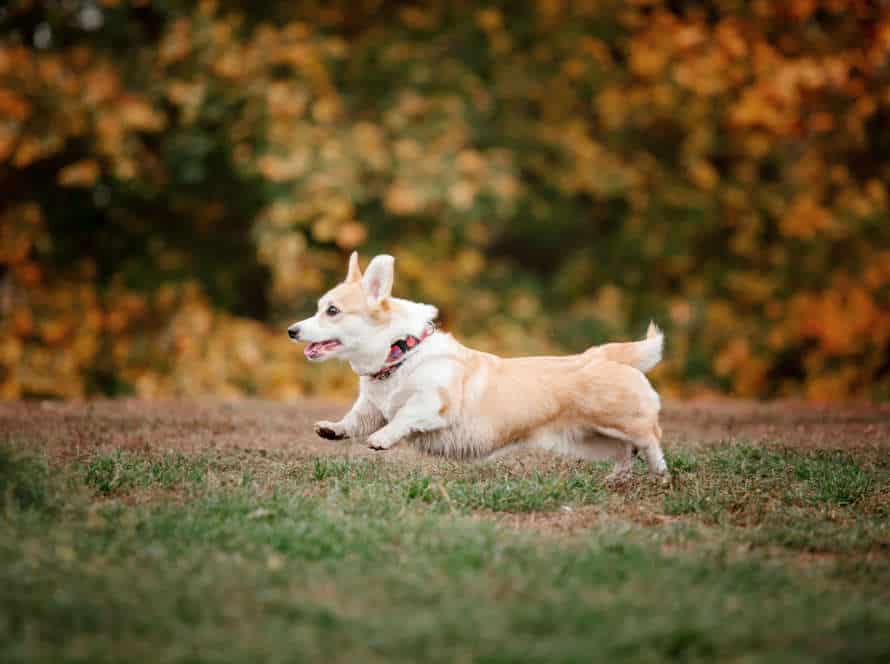The Importance of Early Leash Training for Puppies
Leash training for puppies is essential! It helps build a connection between the pup and their owner. Plus, it teaches obedience and keeps them safe. Here’s why it’s important:
- Safety: Puppies can easily wander off or chase things. A leash avoids dangerous things like traffic or other animals.
- Obedience: Leash training helps pups learn to follow their owner’s lead and obey commands.
- Bonding: Training creates a strong bond between you and your pet.
- Prevention: Leash training can stop problem behaviors like pulling or jumping.
Start early for a happy, safe pup!
The Benefits of Early Leash Training
Leash training your pup early? That’s a smart move! Benefits abound: a strong bond between you two, less stress for your pup, and the chance to teach them proper behavior. Plus, it’ll make going for walks and trips super easy! Here are some more advantages of leash training them early on:
Improves Bonding between Owner and Puppy
Leash training for puppies is very important! It’s not only a great way to strengthen the bond between owner and pup, but it also has many other benefits. Here are a few:
- Establishes trust and communication between you and your pup.
- Prevents bad habits like barking, jumping, or pulling.
- Socializes and habituates the puppy to new environments and stimuli, reducing fear and anxiety.
- Provides physical exercise and mental stimulation.
- Helps prevent accidents when out for walks or in public.
Early leash training is critical – it sets the tone for how your pup behaves and interacts with others throughout their life!
Addresses Behavioral Issues
Leash training is essential for puppies. It helps them learn to calmly walk on a leash. Plus, it teaches them self-control, socialization, and obedience. Early leash training can stop issues such as leash aggression, anxiety, and fear of new places and people.
Here are the advantages of leash training:
- Good behaviour – Training can make puppies obedient and easier to handle.
- Socialization – Outdoor walks from a young age can give puppies a more relaxed and confident attitude.
- Exercise – Leash training helps puppies get exercise.
- Prevents unwanted behaviours and aggression – Early leash training can prevent bad behaviours, such as aggression, anxiety, and panic.
In short, leash training is key for puppies to be well-behaved, confident, and mentally healthy.
Increases Safety for Both the Puppy and the Owner
Leash training pups early has many advantages. These include:
- Socializing: Introducing puppies to new people, places, and animals helps them stay confident.
- Teaching: Leash training helps puppies understand commands and their place in your relationship. Positive reinforcement makes this fun.
- Safety: Young dogs can wander into dangerous places. Leash training keeps them secure.
Patience and consistency are key. Your pup will learn and grow a loyal bond with you!
How to Start Leash Training
Leash training your pup young is vital for their growth. It provides them the chance to mingle and to explore the universe in a secure manner. By instructing your puppy how to wander on a leash, you’re providing them boldness to travel out and encounter different sights and sounds in a secure environment. Here, we’ll talk about the approaches and advice for beginning with leash training.
Choose the Right Collar and Leash
Selecting the proper collar & leash is key for leash training success – especially for puppies. Here’s how to choose the best equipment:
- Collar: Measure pup’s neck & add 2 inches for collar length. Select the correct type for breed, size & temperament. e.g. flat for most breeds, martingale for dogs who slip out & choke chains for pullers.
- Leash: Get a light & strong leash matching collar width. Use shorter (4-6ft) leashes for better control when training. Avoid retractable leashes in early stages. Pro tip: Introduce collar & leash gradually & reward pup’s good behavior during sessions. This will help your puppy link collar & leash with positive experiences.
Start Indoors
It’s important to start leash training indoors with your puppy. Here’s why:
- Puppies are still learning and adaptable to new things.
- Practicing commands indoors before going outdoors can prevent accidents and injuries
- You can create a controlled environment inside to supervise and guide behavior without distractions.
- Leash training indoors helps build a bond and trust with your pup.
.
Pro Tip: Positive reinforcement works great for leash training. Use treats and praise to create a positive connection with the leash.
Use Positive Reinforcement
Positive reinforcement is a great way to leash train your pup. Reward good behavior to make it happen again. Here’s how:
- Introduce the leash in a cozy environment. Let your pup sniff and play with it.
- Attach the leash to the collar. Let them lead you around. Reward them with treats or praises for walking next to you.
- Don’t pull or yell. Use positive reinforcement to encourage good behavior. For example, stop when they pull and only move forward when the leash is relaxed.
With regular practice and positive reinforcement, your pup will learn to walk calmly by your side. Making walks enjoyable for both of you!
Leash Training Techniques for Puppies
Leash training is key when it comes to puppy raising. It helps teach your pup how to act in public and can help stop bad habits. You want to get started early, so here are some tips. This article gives you the best strategies for leash training your pup.
The Stop Technique
The Stop Technique is a great way to leash train puppies. It’ll teach them how to walk nicely, without pulling or tugging. Here’s how it works:
- Attach a leash to your puppy’s collar, and walk them in a quiet area with no distractions.
- If your puppy pulls on the leash, stop walking. Stand still until they stop.
- When the leash slackens, give them a treat and start walking again.
- Repeat this process when needed.
Early leash training is essential, as it sets good habits and makes them obedient. With the Stop Technique, you can train your puppy to walk politely, given some patience and practice.
Pro tip: Remain consistent with training, and use positive reinforcement techniques to make it an enjoyable experience for your pup.
The Turning Technique
The Turning Technique is an amazing, gentle way to leash train puppies. It relies on rewards and redirection. Here are the steps:
- Attach a light leash to your pup’s collar or harness.
- Start walking with them. Let them sniff and explore.
- As soon as they pull on the leash, stop and turn the other way.
- Cheerfully encourage them to follow you and tug a bit on the leash.
- When the leash is slack, give them treats, praise and affection.
- Do this over and over, gradually increasing the distance and time.
Your puppy will learn that walking calmly gets them rewards. This makes leash training a happy experience for both of you!
The Lure and Reward Technique
The lure and reward technique is a great way to teach your pup leash training. Here’s how it works:
- Connect the leash, take a few steps back with the leash taught, but not too tight.
- Put a treat in front of their nose, and as they move, give them positive reinforcement.
- Once they reach you, give them the treat.
- Do this a few times, and then add distance, while reducing the number of treats given.
- Consistency is vital, so practice daily for short sessions.
Ultimately, your puppy will relate walking on a leash with positive rewards, making training easier in the future.
Troubleshooting Common Leash Training Problems
Leash training your pup can be tough. It’s essential to start early and practice heaps. Trouble can arise, even with the best intentions. Here, we’ll look at the most common problems and offer tips on how to tackle them.
Pulling on the Leash
Pulling on the leash is a common issue for dog owners. It can be dangerous if the dog pulls hard enough to cause the owner to lose balance or control.
Here are some tips:
- Start with obedience training. Teach your pup commands such as “sit,” “stay,” and “come”. This will make it easier to manage their behaviour on a leash.
- Use positive reinforcement. Treats & praise can encourage good behaviour.
- Use a front-clip harness. It redirects forward momentum when they pull.
- Avoid retractable leashes. These can make it hard to control the pup.
Early leash training is best for pups. They are more responsive to training during their early months. Remember: consistency is key. Stick to a routine & training schedule to reinforce good behaviour.
Fear of the Leash
Leash training is an important part of puppy growth. Not all pups take to it easily. Fear of the leash is a common problem, but it can be managed. Here are some tips to help:
- Get a lightweight, comfy leash and collar or harness.
- Introduce your puppy to the leash bit by bit. Start with short, happy sessions inside.
- Practice in a quiet and familiar place before heading outdoors.
- Reward good behavior and progress with treats, compliments, and playtime.
- If your puppy shows fear or resistance, slow down, or get help from an expert.
- Patience, consistency, and positive reinforcement are keys to success.
Pro tip: With consistent and patient leash training, your pup can get good habits and avoid bad behavior!
Not Responding to Commands
Don’t fret if your pup isn’t heeding commands during leash training – many pet owners face this problem! Though, it’s vital to tackle it early to dodge bad habits from taking form. Here are some tips for solving this usual leash-training hiccup:
- Utilize clear and consistent commands and rewards to reward good behavior.
- Make sure your pup is relaxed and rested before any training session.
- Make certain the leash length is right, not too tight or too loose.
- Train in a distraction-free place like the backyard before exploring busier spots.
- Be patient and consistent – leash training needs time and practice. With commitment and persistence, you’ll be able to teach your pup to walk on a leash successfully.
Taking Leash Training to the Next Level
Training your pup to walk on a leash can be tricky. It’s important to start early! Teaching your pup ‘stop‘ and ‘go‘ cues, plus how to act around distractions, is key. To take leash training to the next level, there are advanced techniques. This helps the puppy feel comfortable and confident on the leash. Let’s learn how to do this!
Off-Leash Training
Off-leash training is an important step when teaching your pup leash-training. It helps them to obey, whether on or off the leash. Here’s how to get started:
- Start by forming a strong foundation with your pup on the leash. Once they know basic commands, you can introduce off-leash training.
- Choose a safe place to train your pup off-leash. Begin with a long lead for control. Then, progress to an enclosed area like your backyard or a dog park.
- Be aware of your pup during training, and be ready to call them back if they lose focus. With patience and consistency, your pup will soon be an obedient off-leash dog.
Advanced Commands
Leash training is essential for puppies. It helps them learn good habits, manners, and obedience. Advanced commands can make leash training even better. Here are some of them:
- Heel: Teach your pup to walk by your side, without pulling or lagging.
- Leave it: Teach your pup to ignore food, toys, or other distractions around them.
- Sit-Stay: Teach them to stay in one place, even when you give a command or walk away.
- Come: Teach your pup to come back to you when called, even from a distance or in a distracting place.
Using advanced commands can help control your pup’s behavior, improve their focus and attention, and make the bond between you and your pup stronger.
Other Forms of Training to Enhance Leash Training Results
Leash training is a must-have skill for puppies. But, it’s not the only one that can make training even better! Here are a few more that can help:
- Basic obedience training. This involves teaching your pup commands like “sit,” “stay,” “come,” and “heel.” It strengthens the bond between you and your pup and gives leash training a strong base.
- Off-leash training. Doing this in a secure, enclosed area helps your pup learn to obey commands and boosts trust.
- Socialization training. Introduce your pup to different folks, animals, and places. That way, they’ll be comfortable and confident when with a leash.
- Clicker training. Use a clicker to mark wanted behavior and reward your pup with treats or praise. You can use this along with leash training to encourage good behavior.
By doing all these, you’ll get great results from leash training, plus a well-behaved and confident pup.
Frequently Asked Questions
Q: Why is early leash training important for puppies?
A: Early leash training helps puppies learn how to behave on walks and prevents unwanted behaviors, such as pulling, lunging, and aggression.
Q: When should I start leash training my puppy?
A: You can start leash training your puppy as early as 8-12 weeks old, as long as they have received their necessary vaccinations and clearance from a veterinarian.
Q: How do I leash train my puppy?
A: Leash training involves positive reinforcement techniques, such as rewarding your puppy with treats and praise for walking calmly on the leash. Consistency and patience are key in leash training your puppy.
Q: What are the benefits of early leash training for puppies?
A: Early leash training helps puppies develop good walking habits, improves their socialization skills, and strengthens the bond between puppy and owner.
Q: Can I use a retractable leash for my puppy?
A: It is not recommended to use a retractable leash for puppies, as it can be difficult to control and can lead to injuries or accidents. A standard leash that is 4-6 feet in length is best for puppy leash training.
Q: What if my puppy hates the leash?
A: Some puppies may have a negative association with the leash, but it is important to be patient and use positive reinforcement techniques to help them feel comfortable on the leash. Gradually introducing the leash and rewarding them for positive behavior can help establish a positive association with the leash.

